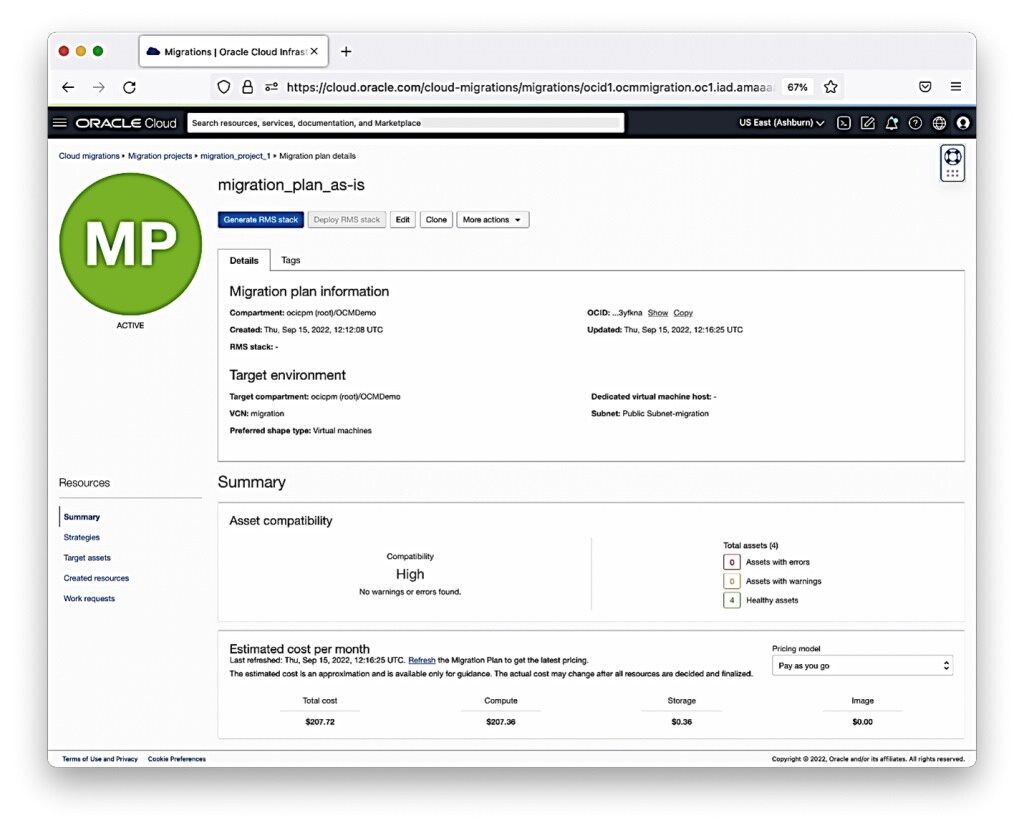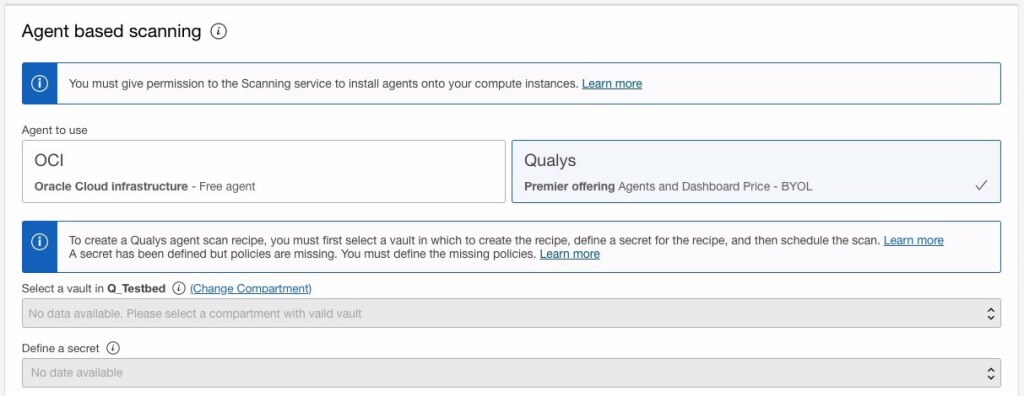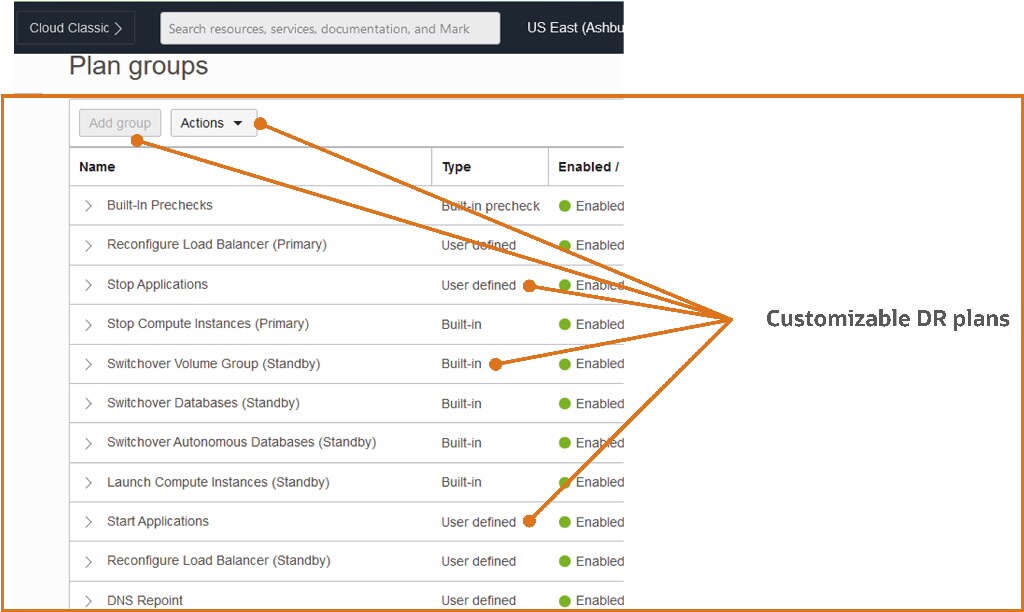A cloud that’s easier to adopt, secure, and manage
The cloud has become the great business enabler as organizations look to the future. This increased focus on the cloud is having a direct impact on the growing global cloud adoption rate. Gartner recently shared that “worldwide end-user spending on public cloud services is forecast to grow 20.4% in 2022 to total $494.7 billion, up from $410.9 billion in 2021. In 2023, end-user spending is expected to reach nearly $600 billion.”
Many factors are driving this accelerated rate of cloud adoption, including flexible work models, cloud-delivered apps and services, improved scalability, and more. So, it’s imperative that cloud service providers make the adoption and management of any cloud deployment as simple as possible. Oracle is committed to making it easy for organizations to adopt cloud, secure their cloud, and manage the lifecycle of the cloud deployment. Customers depend on our cloud to run their business, so this commitment goes beyond the cloud infrastructure and into our cloud applications.
This week, Oracle is excited to announce many new innovations to help our customers manage their infrastructure and applications and quickly and easily reap the benefits of the cloud. At the foundation, these innovations make Oracle Cloud Infrastructure (OCI) easier for customers to adopt and manage and allows Oracle to shoulder more of the security responsibility.
Easier to adopt OCI with Oracle Cloud Migrations
The Oracle Cloud Migrations service helps customers bring their virtual machines (VMs) to OCI by automating discovery and building an inventory, assessing the utilization history of VMs, recommending a configuration for the target VMs, and automating the migration of one or more VMs. This new service is charged by utilized storage and VMs used during migration and helps customers automate migration tasks and apply best practices.

Easier to secure OCI and Oracle Fusion Applications
Customers increasingly need to secure their cloud environments beyond the core infrastructure, to include SaaS and incorporate key third-party technologies. Oracle is announcing the Oracle Cloud Guard Fusion Applications Detector to provide customers with a consolidated view of security policies across OCI and Oracle Fusion Cloud Applications. Oracle is also announcing the OCI Web Application Firewall for Fusion Applications to enable organizations to extend layer-7 security and safeguards to protect public and private facing Fusion Applications from targeted attacks. Finally, Oracle is announcing that OCI Vulnerability Scanning service can embed the Qualys cloud agents on Compute instances and configure them with the customer’s Vulnerability Management, Detection and Response (VMDR) license code automatically. With the partnership, Oracle offers a fully managed scanning service that is powered by Qualys VMDR. Customers get the benefit of a proven scanning engine from Qualys that they can use anywhere, and OCI shoulders the burden of patching and updating the agent for their OCI Compute instances.

Unified observability and management with easier monitoring of application stacks
Oracle Cloud Observability and Management platform enables deep monitoring and management of multicloud, hybrid cloud, and on-premises environments. Oracle Stack Monitoring is the newest addition to the Observability and Management services. It allows customers to discover and monitor applications and the underlying stacks they’re deployed on. The initial release of the service provides full-stack visibility into the health of Oracle Database, WebLogic Server, and Oracle E-Business Suite (EBS) applications along with their underlying components.
The extended Observability and Management capabilities work together with OCI Application Performance Monitoring and Logging Analytics services to help organizations deliver better application performance, improve user experiences, and reduce IT operations risks by providing deep insights for preventative and proactive response actions across all customer environments. This service is priced based on resources monitored.
Easier disaster protection with OCI Full Stack Disaster Recovery
The new OCI Full Stack Disaster Recovery service automates the protection and recovery of your applications in OCI. Customers can deploy disaster recovery environments across Oracle Cloud Regions without rearchitecting existing infrastructure, databases or applications while eliminating the need for specialized management or conversion servers. With simple steps to configure the disaster recovery service, organizations can help meet their business continuity objectives by minimizing recovery time objective (RTO) with fully redundant environments and minimizing costs with automated “pilot light” deployments. Pricing is based on cores protected by this service.

Conclusion
By making OCI easy to adopt, manage, and secure, Oracle is ensuring that our cloud is ready to run your applications, store your data, and develop your business. The new Oracle Migrations service helps seamlessly move virtual machines to OCI from other cloud providers, Cloud Guard Fusion Application Detector and OCI WAF for Fusion Applications extends the security from OCI to Fusion Applications to support application security, a fully managed vulnerability scanning offering powered by Qualys, Oracle Stack Monitoring service enables customers to automatically discover and monitor applications and their underlying stacks, and the Oracle Full Stack Disaster Recovery service can help customers protect their data and applications across the breadth of their portfolio.
We invite you to try out the new innovations in Oracle Cloud Infrastructure today in the OCI Free Tier and hear Mahesh Thiagarajan share more about the security innovations in his Oracle CloudWorld session, Tuesday, October 18 at 5 p.m., Cloud Security: Preparing for the New Normal [SOL3754].
For more information, see the following resources:
- Technical blog announcing Cloud Guard Fusion Applications Detector
- Technical blog announcing WAF for Fusion Applications
- Technical blog announcing Oracle Cloud Migrations services
- Technical blog announcing OCI Full Stack Disaster Recovery
- Technical blogs announcing OCI Stack Monitoring and enhancements
- Oracle Cloud Infrastructure
- Oracle Security
- Oracle Observability and Management
- Qualys partnership
- Oracle Cloud Migrations
- OCI Full Stack Disaster Recovery
- Try out OCI Free Tier
Source: https://blogs.oracle.com/cloud-infrastructure/post/cloud-easier-adopt-secure-and-manage

